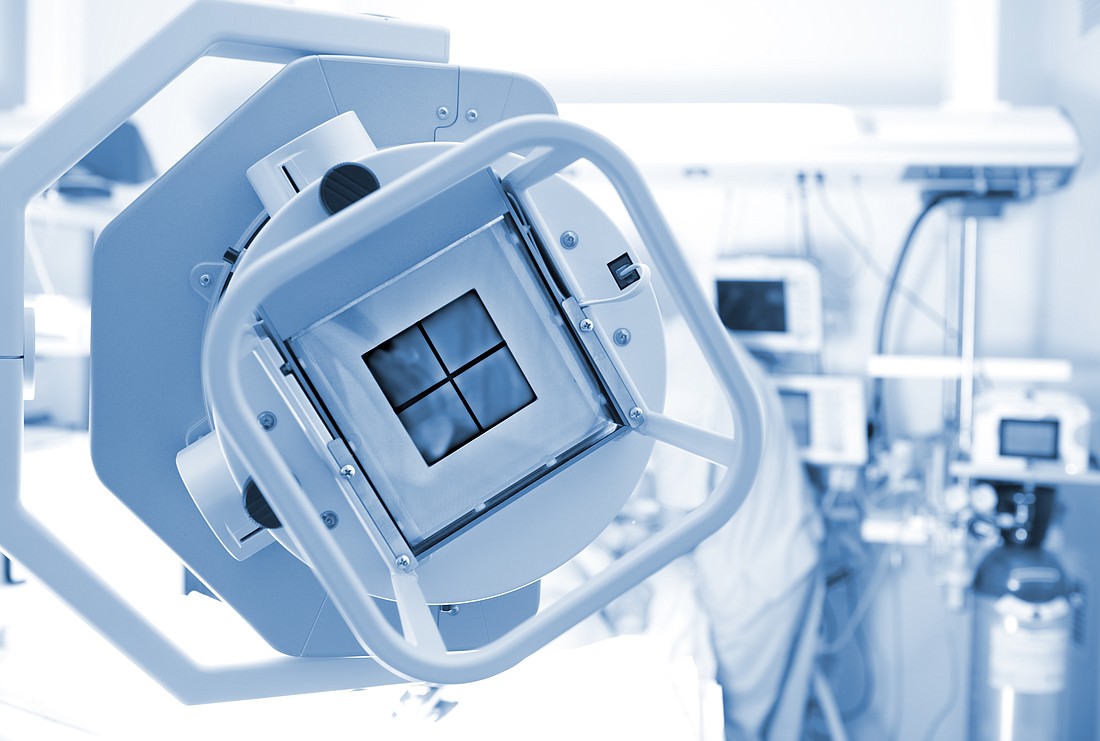-
-
Loading

Loading

What Is Interventional Radiology?
Interventional Radiology (IR) involves the use of sophisticated imaging platforms to provide highly trained physicians with real-time visualization, taking them directly to the source of the problem, via precise guidance of small needles and wires, to deep structures of the patient’s body through an orifice or tiny incision. The procedure is used to treat blockages inside arteries and veins, to block off blood vessels that nourish tumors and destroy malignant tumors, to drain blocked organ systems such as the liver, gallbladder and kidney, and to perform biopsies that would otherwise require surgical exploration.
Patient benefits can include a more accurate diagnosis, improved treatment outcomes, shorter recovery, less bleeding and pain.
Leading Interventional Radiologist Appointed Director of the Hospital’s IR Program
Folayan Fatade, MD joined LWRMC this summer. He attended medical school at the Ohio State University in Columbus, Ohio, and is a fellowshiptrained interventional radiologist. He is board certified by the American Board of Radiology in vascular and interventional radiology and diagnostic radiology.
Interventional Radiology Services at Lakewood Ranch Medical Center*

“Today’s interventional radiology therapies are more precise and more effective than ever, offering patients and their doctors additional options to treat disease and help restore patients to optimal health,” says Dr. Folayan Fatade, Board Certified Interventional Radiologist.
For more information about surgical services, including interventional radiology, visit lwrmc.com.